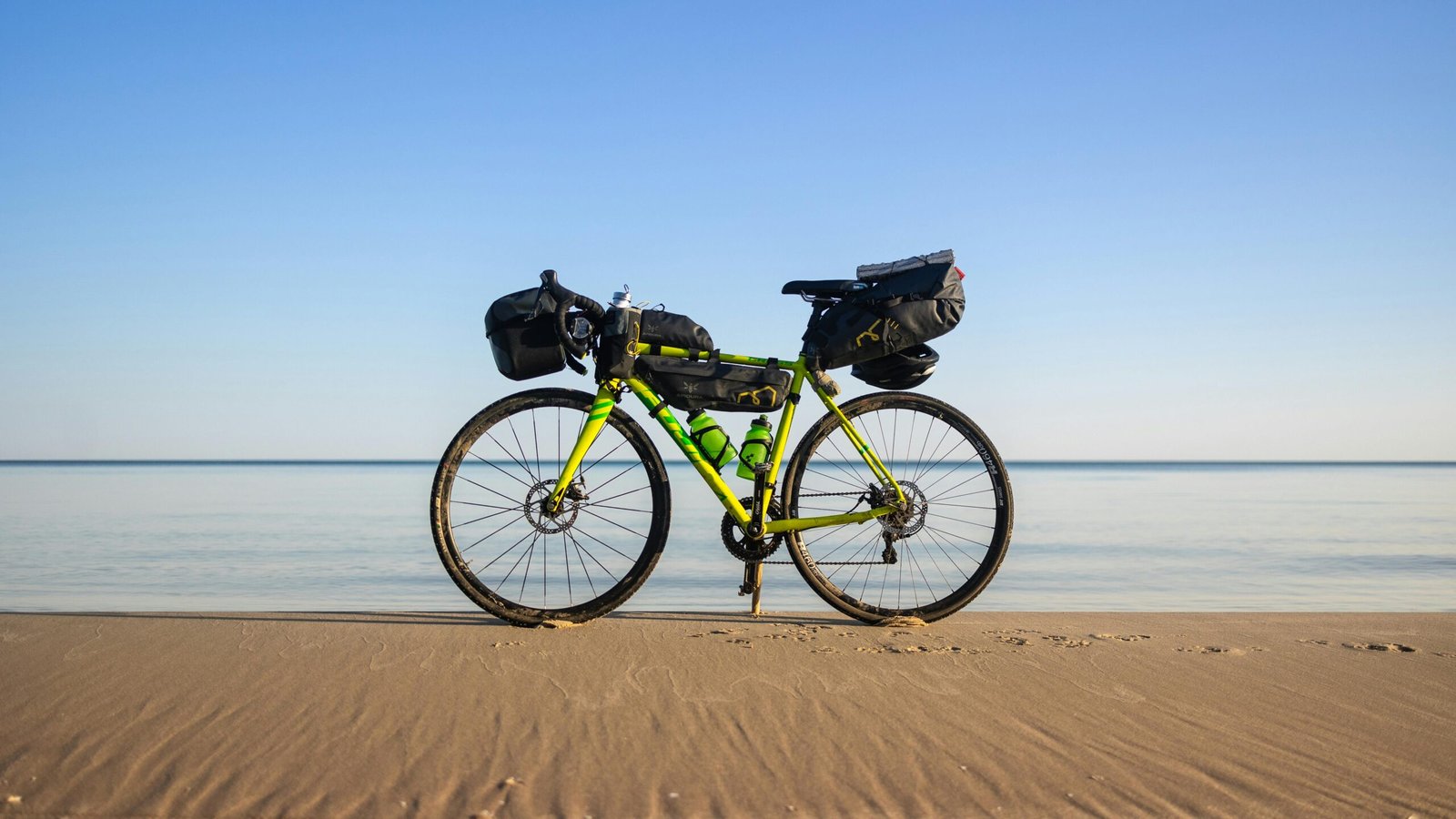
The Ultimate Guide to Choosing the Best Bike Travel Bag in 2025
Traveling with your bicycle opens up a world of new adventures. However, getting it there safely is the first challenge. That’s where a high-quality bike travel bag comes in. It’s an essential investment for any cyclist who wants to explore beyond their local roads. Consequently, choosing the right one can feel overwhelming. This guide will help you navigate the options and protect your precious ride.
Why Invest in a Quality Bike Travel Bag?
First and foremost, a dedicated bag provides unparalleled protection. Airlines are not always gentle with luggage, and a simple cardboard box won’t cut it. A proper bike bag shields your frame, wheels, and components from impacts and scratches. Furthermore, it makes maneuvering through airports and train stations much easier. Most bags come with wheels and handles, turning a cumbersome task into a smooth process. In addition, many transport companies require bikes to be properly packed, making a bag a necessity, not just a luxury.
Soft Case vs. Hard Case: Which is Right for You?
The biggest decision you will face is choosing between a soft-shell and a hard-shell case. Each has distinct advantages, so your choice depends on your priorities and travel style.
Soft-Shell Bike Bags
Soft bags are typically lighter and easier to store. For example, many can be folded down when not in use. They often offer excellent padding and internal straps to secure the bike.
- Pros: Lighter weight (avoiding excess baggage fees), easier to store, and often more affordable.
- Cons: Less protection against major impacts or crushing forces.
Hard-Shell Bike Cases
On the other hand, hard cases offer the ultimate protection. They feature a rigid exterior that can withstand serious abuse. Consequently, they are the preferred choice for frequent flyers or those with expensive carbon bikes.
- Pros: Maximum protection against impact and very durable.
- Cons: Heavier, bulkier to store, and generally more expensive.
Essential Features to Consider in a Bike Travel Bag
Beyond the case type, several features can make a huge difference. Therefore, you should look for these key elements when choosing your bike travel bag:
- Wheels: Smooth-rolling wheels are a must for navigating large airports. Look for sturdy, replaceable wheels.
- Padding and Internal Structure: Ample padding is crucial. Some bags also include a metal frame to mount your bike, providing extra rigidity and security.
- Handles: Multiple, well-placed handles make lifting and moving the bag much easier for you and baggage handlers.
- Size and Compatibility: Ensure the bag is large enough for your bike. Always check the internal dimensions, especially if you ride a large frame or a 29er mountain bike.
- Weight: Remember that a heavier bag means less weight allowance for your bike and other gear. A lightweight bag can help you avoid costly fees.
Considering these points carefully will help you find a practical and protective solution.
How to Pack Your Bike Like a Pro
Packing your bike correctly is just as important as the bag itself. While each bike travel bag has specific instructions, here are some universal tips:
- Clean your bike: Start with a clean bike to avoid getting grease everywhere.
- Disassemble key parts: This usually means removing pedals, wheels, and handlebars. Store small parts like bolts and axles in a dedicated pouch.
- Deflate tires slightly: Airlines often require this due to air pressure changes during flight.
- Protect the frame: Use pipe insulation or bubble wrap on tubes for extra cushioning. Pay special attention to the rear derailleur and hanger.
- Secure everything: Use the bag’s internal straps to prevent parts from moving and damaging each other during transit.
Ultimately, a great bike travel bag is a smart investment in your passion. It provides security, convenience, and peace of mind. By choosing the right model and packing carefully, you can focus on the exciting journey ahead. Happy travels!